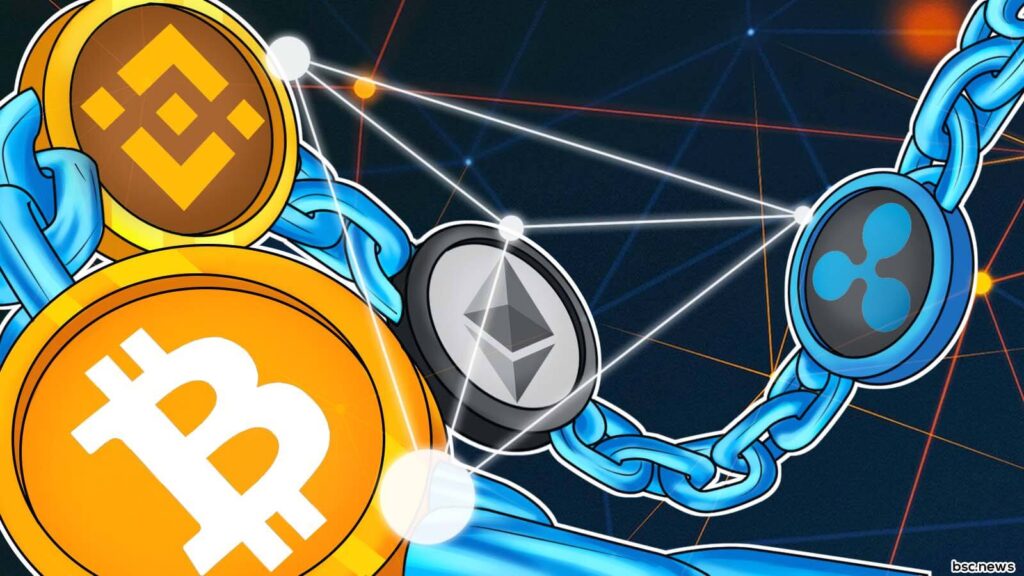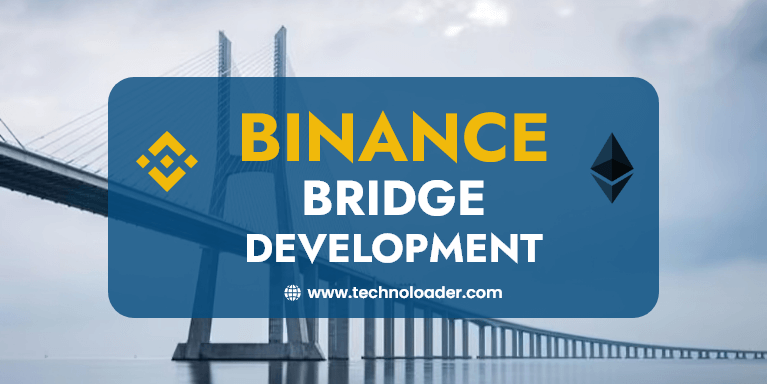Due to evolving landscape of blockchain technology, interoperability between different blockchain networks has become increasingly essential. As projects proliferate across various blockchains, users seek seamless ways to transfer assets and utilize decentralized applications (DApps) across different platforms.
One significant development in this regard is the creation of bridges that facilitate cross-chain communication and asset transfers. Among these bridges, the Ethereum (ETH) to Binance Smart Chain (BSC) bridge stands out as a crucial link between two prominent blockchain ecosystems.
In this blog, we will look into the significance of the ETH to BSC bridge, its development process, and the implications for the broader blockchain community.
Call/Whatsapp: +91 7014607737 | Mail ID: [email protected]
Table of Contents
Understanding the Need for Cross-Blockchain Bridges

The Ethereum blockchain, with its robust smart contract capabilities and thriving ecosystem of DApps and decentralized finance (DeFi) projects, has long been a dominant force in the blockchain space. However, Ethereum’s network congestion and high transaction fees have led to the emergence of alternative blockchains like Binance Smart Chain.
Binance Smart Chain, launched by the popular cryptocurrency exchange Binance, offers high throughput and low transaction fees, making it an attractive platform for developers and users alike. As a result, many projects have migrated or expanded to BSC to leverage its advantages.
Despite the benefits of Binance Smart Chain, Ethereum remains the epicenter of innovation in the decentralized space. Many projects and assets are still primarily based on Ethereum.
Therefore, establishing a bridge between Ethereum and BSC is crucial for facilitating interoperability and enabling users to seamlessly transfer assets and liquidity between the two ecosystems.
The Ethereum to BSC Bridge: A Gateway to Interoperability
The Ethereum to BSC bridge serves as a vital infrastructure component that enables the transfer of assets between the Ethereum and Binance Smart Chain networks. Through this bridge, users can convert tokens from Ethereum’s ERC-20 standard to Binance Smart Chain’s BEP-20 standard and vice versa, unlocking new possibilities for liquidity provision, arbitrage opportunities, and cross-chain DApp interactions.
The development of the Ethereum to BSC bridge involves creating smart contracts and decentralized protocols that facilitate the secure and trustless movement of assets between the two blockchains.
These smart contracts act as the bridge’s backbone, governing the locking and unlocking of assets on each respective blockchain to ensure seamless cross-chain transfers.
Technical Aspects of Ethereum to BSC Bridge Development
- Smart Contract Development
At the heart of the Ethereum to BSC bridge are smart contracts deployed on both Ethereum and Binance Smart Chain. These smart contracts handle the locking and unlocking of assets, as well as the verification of cross-chain transactions.
On the Ethereum side, a smart contract is deployed to facilitate the locking of assets (typically ERC-20 tokens) when users initiate a cross-chain transfer. This contract verifies the validity of the transaction and holds the locked assets until they are released on Binance Smart Chain.
Conversely, on the Binance Smart Chain side, a corresponding smart contract handles the unlocking of assets (BEP-20 tokens) received from Ethereum. This contract verifies the transaction and releases the assets to the recipient’s address on BSC.
- Oracle Integration
To ensure the accuracy and security of cross-chain transactions, Ethereum to BSC bridges often integrate oracles. Oracles are external data feeds that provide real-world information to smart contracts. In the context of cross-chain bridges, oracles verify the completion of transactions on one blockchain and trigger the corresponding action on the other blockchain.
For example, an oracle may monitor Ethereum transactions and provide confirmation to the BSC smart contract once a transaction is finalized, prompting the release of assets on Binance Smart Chain.
- Security and Auditing
Security is paramount in cross-chain bridge development, given the potential risks associated with asset transfers between disparate blockchain networks. Therefore, rigorous security audits and testing are conducted to identify and mitigate vulnerabilities in smart contracts and protocols.
Third-party auditing firms specializing in blockchain security assess the codebase, architecture, and implementation of the bridge to ensure compliance with best practices and industry standards. Additionally, community-driven bug bounty programs may be employed to incentivize developers and researchers to identify and report security issues.
Implications and Benefits of Ethereum to BSC Bridge Development
- Enhanced Liquidity and Accessibility
The Ethereum to BSC bridge unlocks liquidity across both ecosystems, allowing users to seamlessly move assets between Ethereum-based decentralized exchanges (DEXs) and Binance Smart Chain’s DEXs. This enhanced liquidity promotes price discovery, reduces slippage, and enables users to capitalize on arbitrage opportunities between different trading pairs.
Moreover, the bridge enhances accessibility for users and developers by providing a frictionless means of interacting with decentralized applications and financial services across Ethereum and Binance Smart Chain. Users can leverage their assets on one platform to access a broader range of DeFi protocols and services on the other platform, fostering greater innovation and adoption.
- Cross-Chain Asset Transfers
The Ethereum to BSC bridge facilitates cross-chain asset transfers, enabling users to diversify their holdings and investment strategies across multiple blockchain networks. For example, users can migrate their assets from Ethereum to Binance Smart Chain to take advantage of lower fees and faster transaction times, or vice versa, based on their specific needs and preferences.
- Interoperability and Collaboration
By bridging Ethereum and Binance Smart Chain, the Ethereum to BSC bridge promotes interoperability and collaboration between different blockchain communities and ecosystems. Developers can leverage assets and liquidity from both networks to build innovative cross-chain applications and protocols that transcend the limitations of individual blockchains.
Furthermore, the bridge fosters cooperation between decentralized finance projects, enabling composability and interoperability between Ethereum-based DeFi platforms and Binance Smart Chain’s DeFi ecosystem. This collaborative approach drives synergies and accelerates the pace of innovation in the decentralized space.
Why to Hire Technoloader as Your Blockchain Development Company?
Hiring Technoloader as your blockchain development company offers expertise, reliability, and comprehensive services tailored to your project’s needs. With a team of seasoned professionals well-versed in blockchain technology, we ensures high-quality solutions and timely delivery.
Our commitment to innovation, transparency, and client satisfaction sets them apart, making them a trusted partner for blockchain projects of any scale. From smart contract development to decentralized applications (DApps) and tokenization, we as a leading blockchain developer provides end-to-end solutions that empower businesses to harness the full potential of blockchain technology.
Choose Technoloader for unparalleled expertise and support on your blockchain journey.
Quick Contact Us :
Call/whatsapp : 👉 +91 7014607737
Telegram : 👉 @vipinshar
Email : 👉 [email protected]







